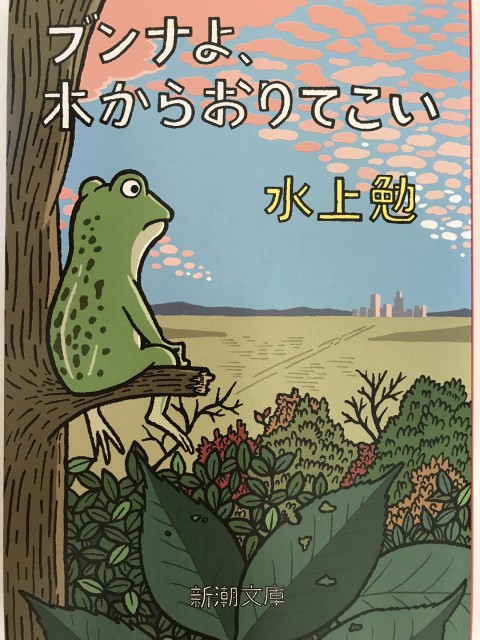Aum Shinrikyo and "The place that was promised" written by Haruki Murakami
2018.11.04
Shoko Asahara, who was the guru of Aum Shinrikyo and 12 condemned convicts were executed in July this year.
In "Underground" by Haruki Murakami, Murakami interviewed with 62 victims of the 1995 sarin gas attack by the Aum Shinrikyo. In "The place that was promised", he interviewed with members and former ones of Aum Shinrikyo. A former member from Fukui Prefecture was also interviewed.

Although I have read both books, I reread "The place that was promised" recently because I didn't want to forget the incidents caused by Aum Shinrikyo.
A former member said in the book, "Deep believers were chosen as the perpetrators of the sarin attack on the Tokyo subway system. And the guru said, 'You are specially selected.' He appealed to a sense of responsibility of the members. Devotion is the base of Aum Shinrikyo's belief. In the name of devotion, there was a self-aligned process in Aum. I have to remember the fact that the presence of Shoko Asahara functioned in the world even if only temporarily and that caused those incidents."
I think that's quite true. After rereading the book, I was shocked that the situation didn’t seem to have changed very much from 1998, when the book was written.
To prevent another sarin gas attack, we should once again closely examine the problems that Aum Shinrikyo came out, and hand down in the future. (H.S)





